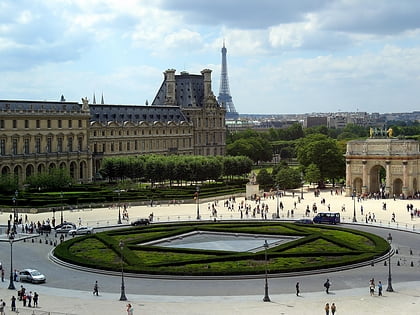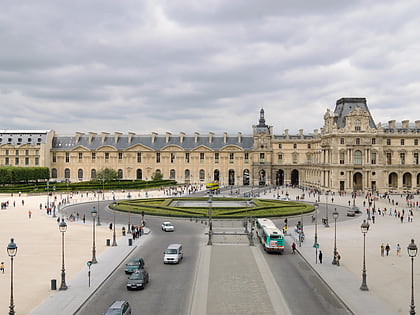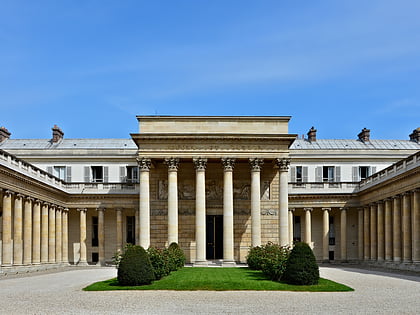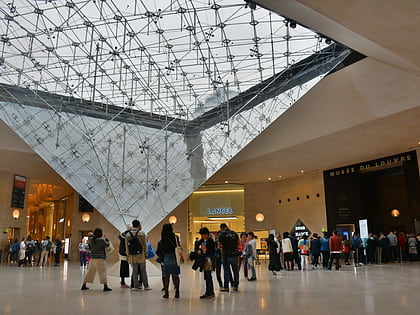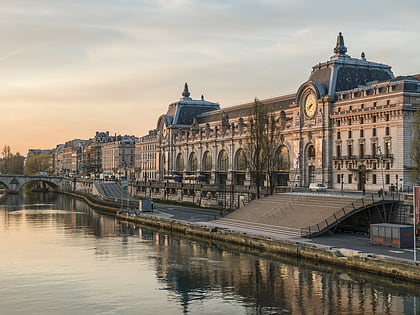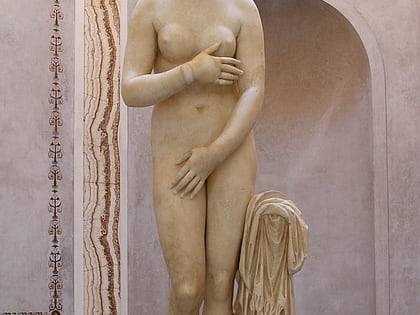Pavillon de Flore, Paris
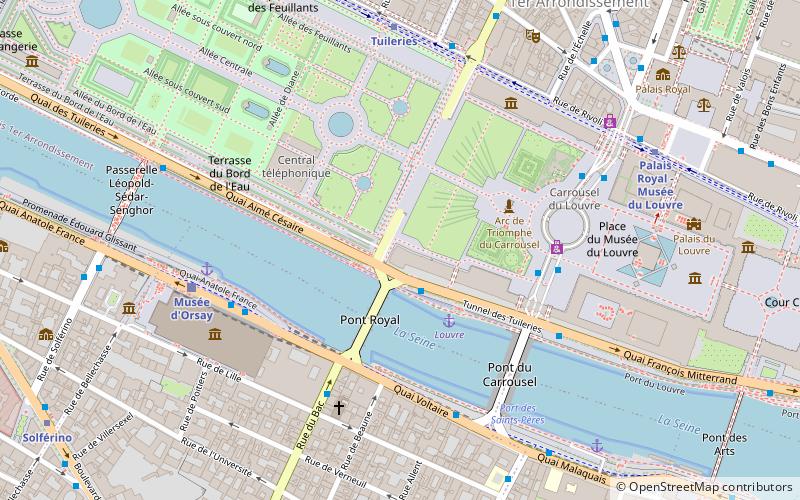
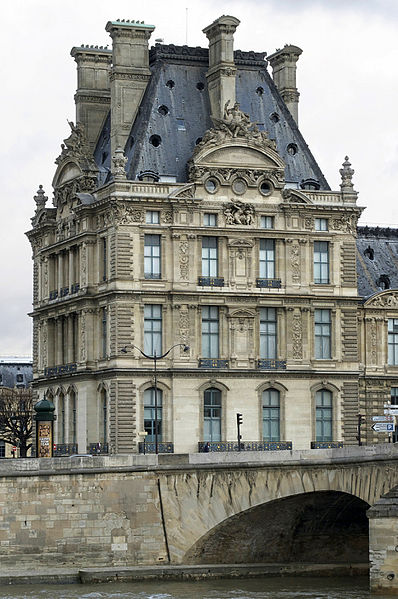
Facts and practical information
The Pavillon de Flore, part of the Palais du Louvre in Paris, France, stands at the southwest end of the Louvre, near the Pont Royal. It was originally constructed in 1607–1610, during the reign of Henry IV, as the corner pavilion between the Tuileries Palace to the north and the Louvre's Grande Galerie to the east. The pavilion was entirely redesigned and rebuilt by Hector Lefuel in 1864–1868 in a highly decorated Napoleon III style. Arguably the most famous sculpture on the exterior of the Louvre, Jean-Baptiste Carpeaux's Triumph of Flora, was added below the central pediment of the south facade at this time. The Tuileries Palace was burned by the Paris Commune in 1871, and a north facade, similar to the south facade, was added to the pavilion by Lefuel in 1874–1879. Currently, the Pavillon de Flore is part of the Musée du Louvre. ()
Louvre (Saint-Germain-l'Auxerrois)Paris
Pavillon de Flore – popular in the area (distance from the attraction)
Nearby attractions include: Musée du Louvre, Musée d'Orsay, Louvre Palace, Tuileries Garden.
Frequently Asked Questions (FAQ)
Which popular attractions are close to Pavillon de Flore?
How to get to Pavillon de Flore by public transport?
Bus
- Pont Royal • Lines: 69, 72, N11, N24 (2 min walk)
- Pont Royal - Quai Voltaire • Lines: 68, 69 (5 min walk)
Ferry
- Louvre • Lines: Batobus (3 min walk)
- Musée d'Orsay • Lines: Batobus (5 min walk)
Train
- Musée d'Orsay (6 min walk)
- Châtelet - Les Halles (20 min walk)
Metro
- Tuileries • Lines: 1 (6 min walk)
- Palais Royal - Musée du Louvre • Lines: 1, 7 (8 min walk)
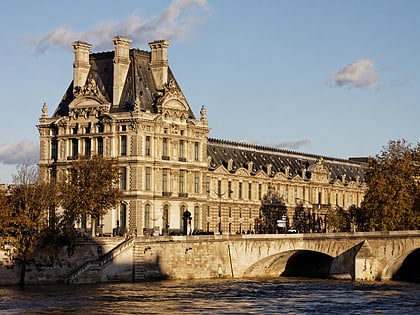
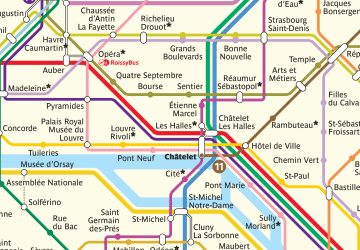 Metro
Metro



